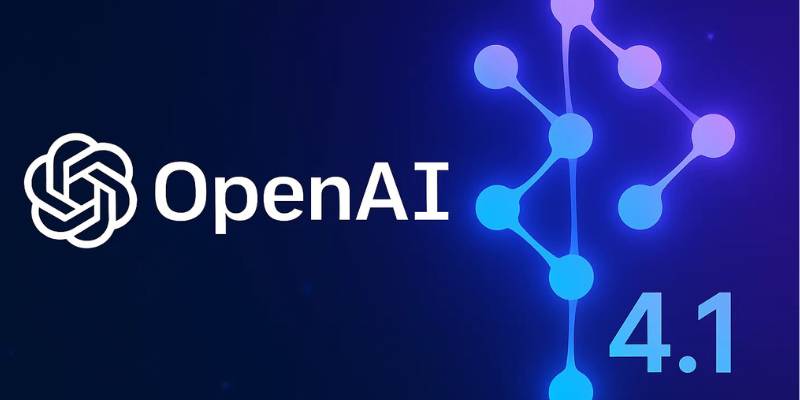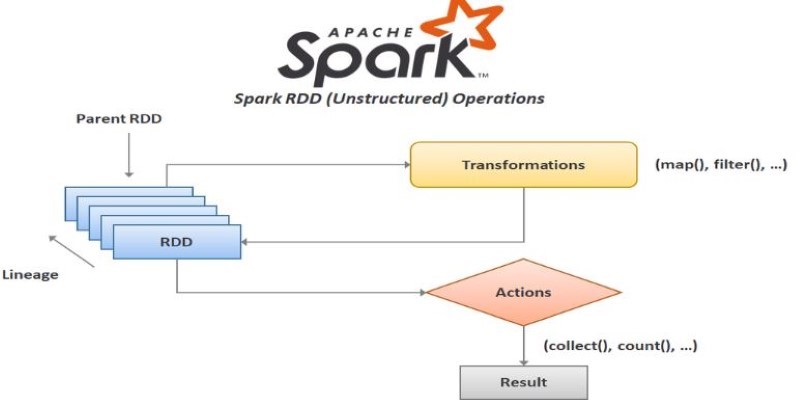Advertisement
With faster responses and personalized experiences, artificial intelligence is transforming how modern contact centers operate. Today, companies rely on smart technologies to efficiently manage large volumes of customer inquiries. AI tools in contact centers boost productivity by automating repetitive tasks and reducing wait times. Voice bots and chatbots, while maintaining high-quality support, enhance customer engagement and responsiveness. These technologies also empower agents to access relevant data and deliver real-time recommendations.
Businesses that adopt AI often achieve lower operational costs and improved customer satisfaction. Looking ahead, AI-powered automation will become fully integrated into daily contact center operations. Advanced analytics allows teams to monitor service quality and make data-driven decisions. Organizations will increasingly rely on AI-driven customer service automation and seamless AI integration as the landscape evolves to stay competitive.

AI systems provide fast, consistent, and accurate responses across multiple channels. Smart chatbots instantly resolve simple issues, allowing agents to focus on more complex queries. These bots operate 24/7, significantly improving service availability. Natural language processing enables artificial intelligence to grasp context and intent, enhancing human-like interactions. Multilingual capabilities enable businesses to serve global clients without hiring local staff. Machine learning ensures bots continuously improve with each interaction. Predictive routing matches customers with the most suitable agent based on their issues.
Sentiment analysis measures emotions, guiding agents in tone and tempo change. AI also supports consistent branding by standardizing greetings and closings. Voice bots today more precisely manage calls using speech recognition. Customized advice during conversations raises involvement and happiness. AI also picks up unfavorable reactions and, where necessary, escalations. AI-powered customer service automation will remain essential in rapidly and precisely matching modern service expectations as consumer needs get more complicated.
AI empowers agents rather than replacing them. Real-time transcription lets agents focus on the conversation instead of on note entry. Smart prompts save time by suggesting responses, boosting agent confidence. Artificial intelligence systems automatically fill CRM entries and minimize errors and repetitious work. Sentiment tracking helps agents detect frustration and adjust their responses accordingly. AI identifies patterns in call duration and recommends improvements. Automated quality monitoring flags declining quality calls for review. Based on agent performance trends, managers obtain comprehensive comments for coaching.
AI-powered dashboards personalize service by displaying customer context before agents take calls. AI notes customer pain areas and checks call logs. These realizations enable agents to prepare better and foresee questions. AI guarantees agents obey compliance rules as well. Through real-time feedback, gamification elements help to improve performance. By automating repetitive tasks, employees feel less burdened and more supported. Using AI tools for agent assistance, centers can increase agent retention and productivity while preserving good service quality under demand.
Predictive analytics enables AI to support more effective planning. It uses past data to project consumer demand in the future. Companies can forecast busy times and change their workforce plans in line. AI spots call volume surges and improves team performance. Trends in consumer behavior direct next support plans. It helps identify at-risk customers early, reducing churn. Managers apply these realizations to customize retention programs. By spotting purchase trends, artificial intelligence also enhances cross-selling and upselling. These systems use feedback to pinpoint areas needing work.
Businesses refine messaging and scripts using predictive analytics to align with customer expectations. Faster decision-making during crisis events made possible by real-time dashboards helps. AI prioritizes tickets based on customer value and issue urgency. Leaders use this information to distribute resources better. Furthermore, alerting consumers of technical problems before they affect consumers is called predictive notifications. Using actionable data insights and speedier reaction methods, AI-powered decision-making in contact centers helps companies lower risks and improve the customer experience.
Users desire speedy, autonomous assistance. AI makes intelligent self-service tools possible. Virtual assistants instantly answer questions, including password resets and order tracking. Available around the clock, they do away with the requirement of waiting for human agents. These bots learn over time using past searches and are hence developing. Text and voice input options provide flexible ways to engage with support. Answers that are easily available empower users. AI also uses past behavior to customize FAQs.
Decision-tree bots guide users through complex tasks, using visual aids to resolve common issues. If a bot fails, it deftly transfers off the matter with complete background to a live agent. That stops aggravation and repetitious behavior. Self-service also releases agents for pressing needs and lowers running expenses. AI-powered self-service contact solutions will take the front stage in customer support as demand for quick assistance rises. Companies who make early investments in these tools develop consumer loyalty advantage.

Today's consumers engage through phone, email, chat, and social media. Artificial intelligence guarantees a consistent experience over all various media. From every platform, intelligent systems gather and combine interaction histories. Agents have quick access to this information, therefore lessening consumer repetitious behavior. AI responds to fit the tone of every channel. On social media, a message could sound different than in an email. Routing enabled by artificial intelligence quickly sends questions to the correct department. It also calls attention to urgent messages so they reach people faster.
Cross-platform tracking ensures customers don't have to repeat themselves when switching channels. Based on channel preferences, AI tools customize answers. Agents with real-time syncing can view updates made elsewhere. It raises satisfaction and builds trust. Furthermore, supported by omnichannel artificial intelligence is platform performance reporting. Companies learn which channels appeal most. Companies build seamless and consistent consumer journeys led by AI-driven omnichannel support systems that foster loyalty and long-term success in cutthroat markets.
AI is improving team efficiency and customer satisfaction, hence transforming contact centers. Agent-assist tools, chatbots, and predictive analytics streamline processes. Further enhancing the support experience are self-service choices and omnichannel integration. Companies who welcome this change develop a competitive advantage in responsiveness and service quality. Across all channels, customers receive faster, more personalized support. Companies have to remain proactive since changing trends demand it. Those investing in AI-powered customer service automation and AI integration in contact centers will shape the future to satisfy growing demands and foster long-term consumer loyalty.
Advertisement

Discover why banks must embrace innovation in compliance to manage rising risks, reduce costs, and stay ahead of regulations

Discover how ByteDance’s new AI video generator is making content creation faster and simpler for creators, marketers, and educators worldwide

Meta launches Llama 4, an advanced open language model offering improved reasoning, efficiency, and safety. Discover how Llama 4 by Meta AI is shaping the future of artificial intelligence

Explore the key features, benefits, and top applications of OpenAI's GPT-4.1 in this essential 2025 guide for businesses.

Learn about the BERT architecture explained for beginners in clear terms. Understand how it works, from tokens and layers to pretraining and fine-tuning, and why it remains so widely used in natural language processing

Dynamic Speculation predicts future tokens in parallel, reducing wait time in assisted generation. Here’s how it works and why it improves speed and flow

Discover the top eight ChatGPT prompts to create stunning social media graphics and boost your brand's visual identity.

Explore how generative AI in financial services and other sectors drives growth, efficiency, and smarter decisions worldwide

Looking to build practical AI that runs at the edge? The AMD Pervasive AI Developer Contest gives you the tools, platforms, and visibility to make it happen—with real-world impact

How to create RDD in Apache Spark using PySpark with clear, step-by-step instructions. This guide explains different methods to build RDDs and process distributed data efficiently

Looking for the best Langchain alternatives in 2025? Explore 8 top LLM frameworks that offer simpler APIs, agent support, and faster development for AI-driven apps

How AI-powered genome engineering is advancing food security, with highlights and key discussions from AWS Summit London on resilient crops and sustainable farming